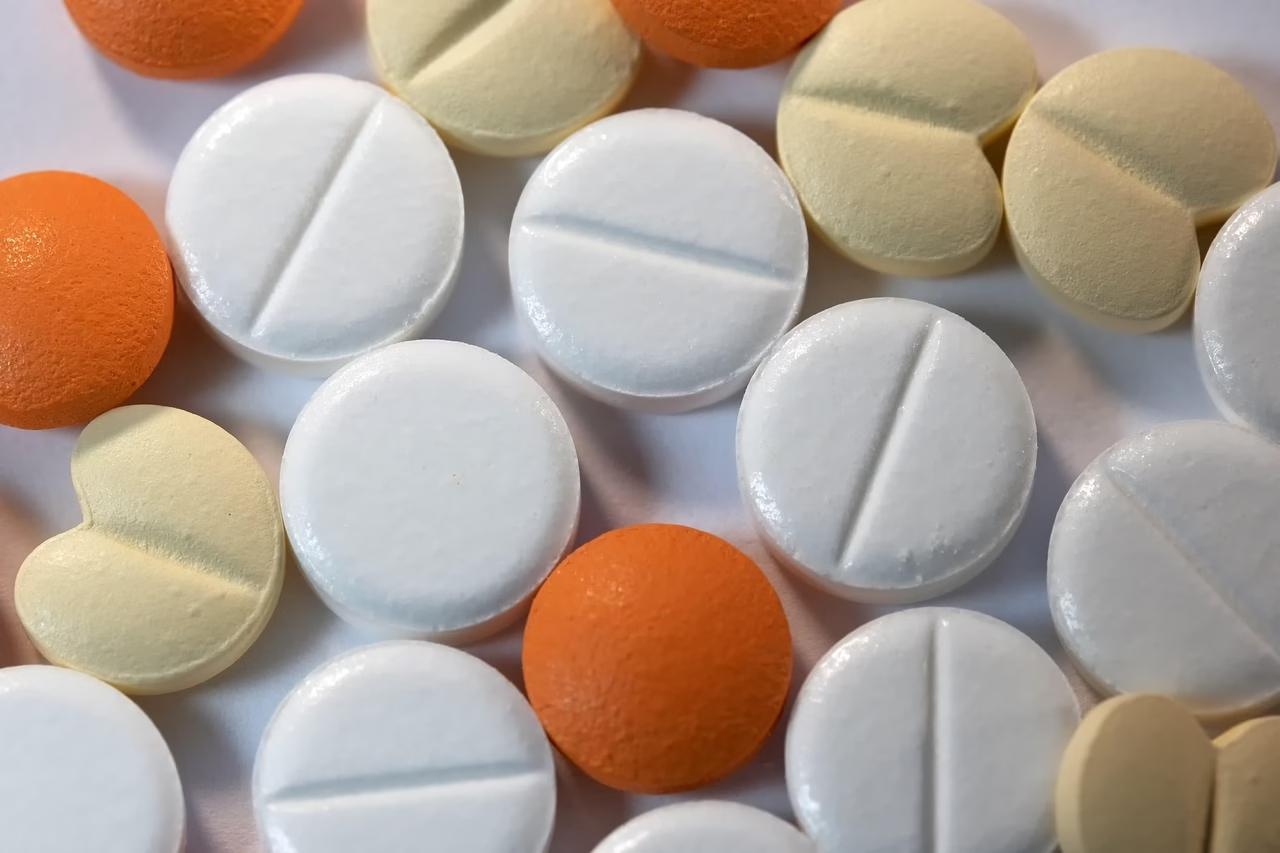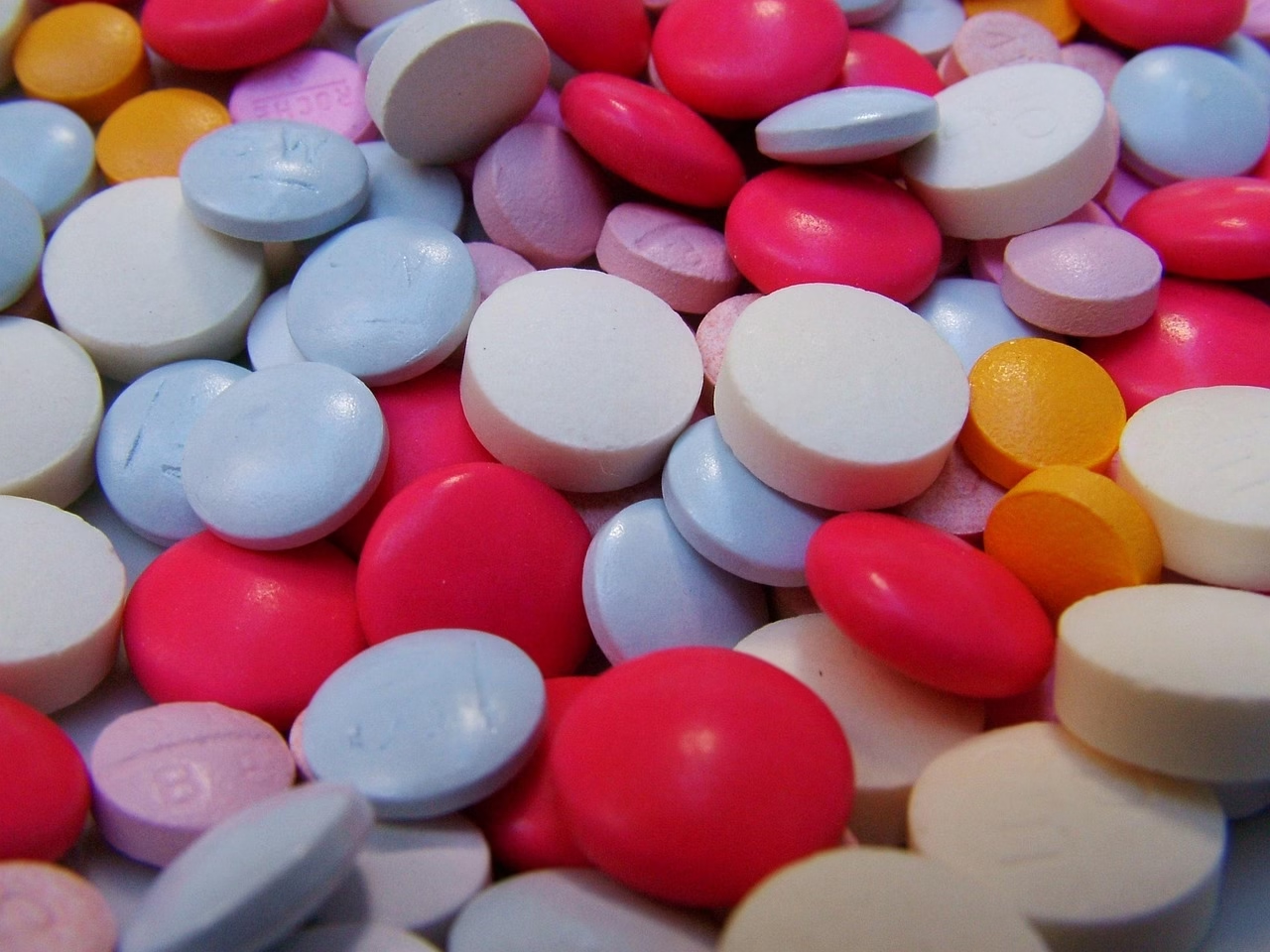New Study Finds Microplastics in Human Semen, Raising Fertil
July 2, 2025 | by Rachel Bloom

Invisible Intruders: Microplastics & Male Reproductive Health
by Dr. Rachel Bloom – holistic wellness researcher, clinician & compassionate advocate for mindful living
When I first opened the newly published Human Reproduction paper on July 1, 2025, I felt the familiar mix of scientific fascination and maternal protectiveness that often arises when our basic biological rhythms are threatened. The researchers, analyzing semen from 22 healthy volunteers, discovered detectable microplastics in more than half of the samples. The most common offender? PTFE—better known as the “non-stick” polymer used in many cookware coatings—followed by polystyrene, PET, polyamide, and polyurethane. Each fragment measured only microns across, far too small for the naked eye, yet large enough to infiltrate the exquisitely delicate architecture of sperm cells.
I wish I could say this was an isolated finding. In 2023, an Italian team turned heads by identifying tiny pieces of polypropylene, polyethylene, and PVC in six of ten semen samples. One year later, a Chinese multi-site analysis reported microplastics in every man tested and linked higher PTFE exposure with lower sperm concentration, motility, and overall count. What once sounded like science-fiction is rapidly becoming biomedical fact.
Why Sperm May Be Especially Vulnerable
Spermatozoa are among the most specialized—and fragile—cells we produce. They depend on precise temperature, a protective antioxidant milieu, and tightly choreographed hormonal signals. Plastic particles generate oxidative stress, carry hormone-disrupting additives such as bisphenols and phthalates, and can incite inflammatory reactions in surrounding tissues. In rodent studies, those insults translate to DNA damage, malformed tails, and plummeting counts. While direct human causation is still being unraveled, the aligning lines of evidence ring the alarm bell.
“If you picture the testicles as a quiet library of genetic information, microplastics are noisy strangers dropping soot on the pages.”
How Do Microplastics Reach the Reproductive Tract?
Most particles enter through what we inhale and ingest. Airborne fibers shed from synthetic clothing, vehicle tires, and construction dust. In food, they lurk in table salt, bottled water, seafood, and even produce irrigated with contaminated water. Once swallowed or inhaled, particles smaller than 10 µm can cross intestinal and pulmonary barriers, hitch a ride in the bloodstream, and settle in organs—including the epididymis and seminal vesicles—en route to semen.
The Broader Fertility Landscape
Global sperm counts have already declined by roughly 50 % since the 1970s, a trend blamed on multiple lifestyle and environmental factors. Microplastics now join an expanding list that includes endocrine-disrupting chemicals, chronic stress, metabolic disorders, and sedentary habits—all pieces of a complex reproductive puzzle.
Practical Steps to Lower Your Plastic Burden
No single remedy exists, yet small, consistent choices accumulate like compound interest for your reproductive future. Below are the strategies I share with my own patients:
- Choose glass, stainless steel, or unglazed ceramic for water, coffee, and food storage. Heat accelerates plastic leaching, so keep plastic out of microwaves and dishwashers.
- Filter your drinking water. A reverse-osmosis or high-quality activated-carbon filter reduces microplastic load along with other contaminants.
- Embrace whole, unprocessed foods. Microplastics concentrate in highly packaged snacks and beverages. Farmers’-market produce in cloth or paper bags wins twice—for nutrient density and lower packaging.
- Ventilate and vacuum. Fine plastic dust settles on floors and upholstery. A vacuum fitted with a HEPA filter and opening windows daily can significantly drop indoor particle counts.
- Support the body’s antioxidant defenses. Colorful fruits and vegetables, green tea, turmeric, and omega-3-rich fish or algae bolster the enzymatic systems that neutralize oxidative stress.
- Mind the cookware. If your non-stick pans are scratched, retire them. Opt for enamel-coated cast iron, stainless steel, or responsibly harvested wood utensils.
- Pause with purpose. Chronic stress amplifies inflammatory pathways that microplastics may ignite. Five minutes of rhythmic breathing or a short walk can reset cortisol and protect sperm DNA integrity.
What This Means for Family Planning
Should couples panic? Absolutely not. Human biology is resilient, and sperm production renews every 72 days. This means today’s lifestyle choices can meaningfully influence samples collected three months from now. If you are trying to conceive—or may want that option in the future—begin incorporating the habits above, schedule a comprehensive semen analysis, and discuss antioxidant supplementation (such as L-carnitine, coenzyme Q10, or N-acetyl cysteine) with a qualified professional.
Regulatory changes are also underway. Several countries are setting stricter limits on single-use plastics and microbead additives in cosmetics. Grass-roots demand for plastic-free packaging is growing, spurred by findings like those we’re discussing today. Remember, every purchase is a vote for the environment inside and outside our bodies.
A Compassionate Perspective
Reading about contaminants hiding in the most private corners of our physiology can feel unsettling—even violating. Allow yourself a moment to acknowledge that sensation. Then pivot toward agency. We stand at a pivotal intersection: armed with emerging science and the power of incremental change. Our generation can still safeguard reproductive vitality and offer cleaner cellular soil to the next.
I’ll leave you with the image that guides my daily practice: each breath, each sip, each meal is a quiet conversation between the external world and the 37 trillion cells that form “you”. Let’s keep that conversation as clear, kind, and plastic-free as possible.

RELATED POSTS
View all



